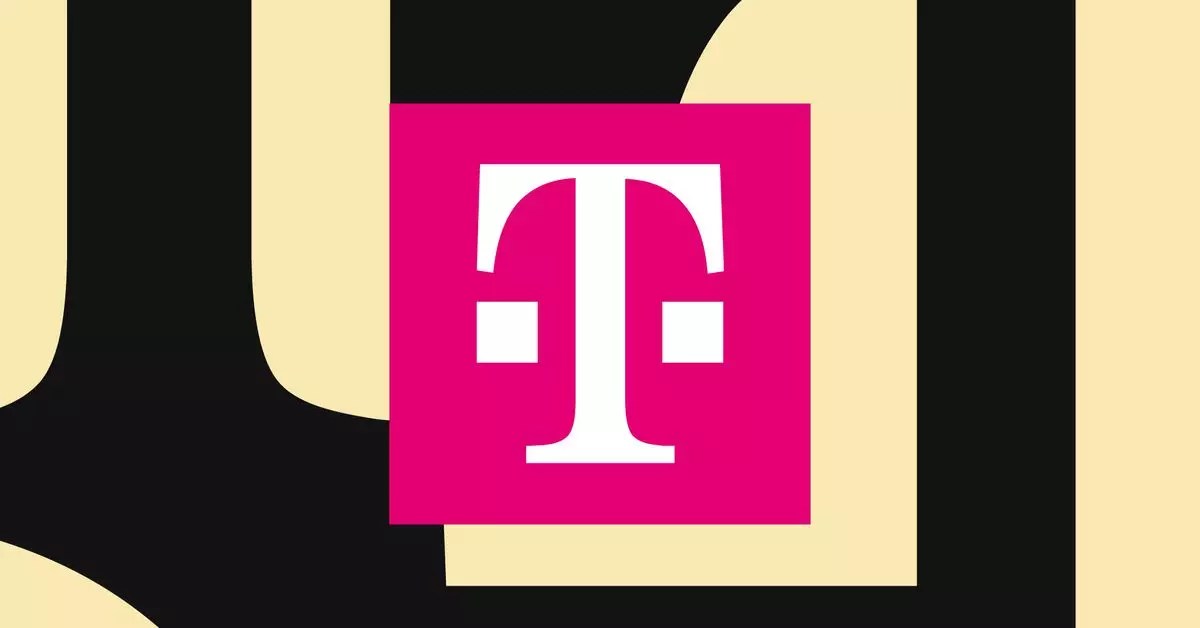In response to the catastrophic impact of Hurricane Helene, the Federal Communications Commission (FCC) has permitted an innovative communication lifeline through a partnership between SpaceX and T-Mobile. By leveraging Starlink satellites, this collaboration aims to provide direct-to-cell service in the hardest-hit areas, primarily focusing on North Carolina where telecommunications infrastructure has been severely disrupted. This strategic initiative represents a race against time to restore critical communication capabilities in regions suffering extreme blackout conditions due to the hurricane’s devastation.
The recent deployment of this satellite-based communication system has enabled emergency alerts to be broadcasted to cell phones across all networks. While this has proven beneficial for immediate crisis management, it also underscores a growing reliance on alternative communication technologies. The situation serves as a wake-up call to traditional service providers that their infrastructure can falter in the face of natural disasters, prompting a need for supplemental systems capable of sustaining connectivity when terrestrial networks fail.
Moreover, initial tests exploring basic SMS functionalities on T-Mobile’s network have commenced. Although the service remains in a preliminary phase due to the incomplete deployment of SpaceX’s constellation, the initiative represents a promise of enhanced resilience for emergency communication. The solution is particularly crucial given the volume of significant flooding that Hurricane Helene has inflicted across southeastern regions of the United States, making traditional mobile signals unreliable or completely overshadowed by the disaster.
Despite the encouraging advancements, the endeavor is not without its adversaries. Companies such as AT&T and Verizon have openly challenged this satellite communication model, voicing concerns about potential interference with their existing cellular networks. These corporations argue that allowing such systems to operate could compromise the quality and reliability of conventional cellular services. This contention highlights a broader debate in the telecommunications sector about the need for innovation versus the protection of established networks.
The FCC, meanwhile, has made it clear that these initiatives are conducted on a “best-effort basis,” emphasizing that the current setup is inherently limited by the incomplete satellite constellation. This status not only raises questions about the robustness of the service but also casts a shadow over the long-term viability of such technology in routine scenarios. When the novelty of direct satellite communications fades, it remains to be seen whether such services can match the performance expectations set by conventional cellular connectivity under normal circumstances.
Ultimately, the partnership between SpaceX and T-Mobile represents an intriguing development for the future of emergency communications. As they strive to fend off disruptions caused by natural disasters, these technologies highlight the potential for satellite systems to supplement or even transform contemporary communication paradigms. However, the path forward must address both concerns from competing industry veterans and the outstanding technical challenges that accompany deploying a new wave of communication strategies in the face of climate-related crises. The efficacy of this initiative may well serve as a template for future collaborations between public and private sectors aimed at safeguarding communication lines in times of dire need.


Leave a Reply